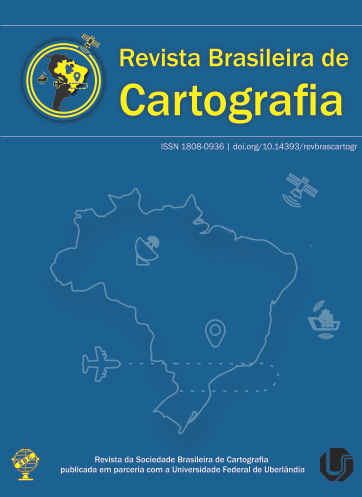Vegetation cover indexes in urban areas: Landscape Ecology studies with Sentinel2 images
Main Article Content
Abstract
The paper defends the importance of access to data, as Copernicus Project that allows the use Sentinel satellite images to map land use. It puts emphasis in vegetation cover, using metrics of Landscape Ecology, mainly the edge effect, to measure the relation between built and green landscape in urban areas. Develops case studies in European cities and criticizes the rankings that don't consider specific local conditions. It points out the possibilities of using some metrics based on Landscape Ecology to analyze the balance between built and green landscapes, as a support to propose new urban indexes, with relative values according to local characteristics.
Downloads
Metrics
Article Details
Authors who publish in this journal agree to the following terms:
- Authors retain copyright and grant the journal right of first publication with the work simultaneously licensed under a Creative Commons Attribution License that allows others to share the work with an acknowledgment of the work's authorship and initial publication in this journal.
- Authors can enter into separate, additional contractual arrangements for the non-exclusive distribution of the journal's published version of the work (e.g., post it to an institutional repository or publish it in a book), with an acknowledgment of its initial publication in this journal.
- Authors are permitted and encouraged to post their work online (e.g., in institutional repositories or on their website) before and during the submission process, as it can lead to productive exchanges, as well as earlier and greater citation of published work (see "The Effect of Open Access").





